-
Baltimore Checkerspot
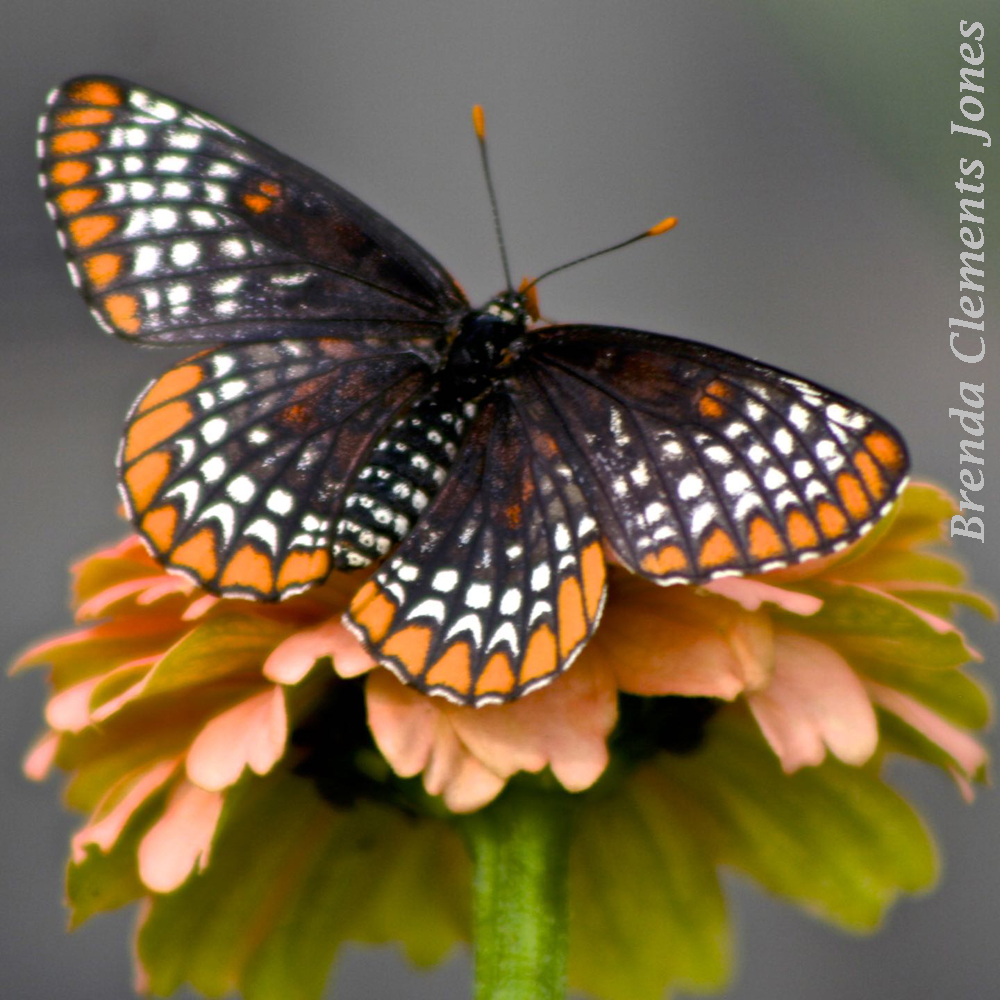
Baltimore Checkerspot (Euphydryas phaeton). I love so many butterflies. This is one of them. It’s the official state insect of Maryland. I was able to capture this photo of a Baltimore Checkerspot at Brookside Gardens in Wheaton, Maryland. The Baltimore Checkerspot larval host plant is White Turtlehead. If that plant is not available caterpillars will…
-
Rose Campion
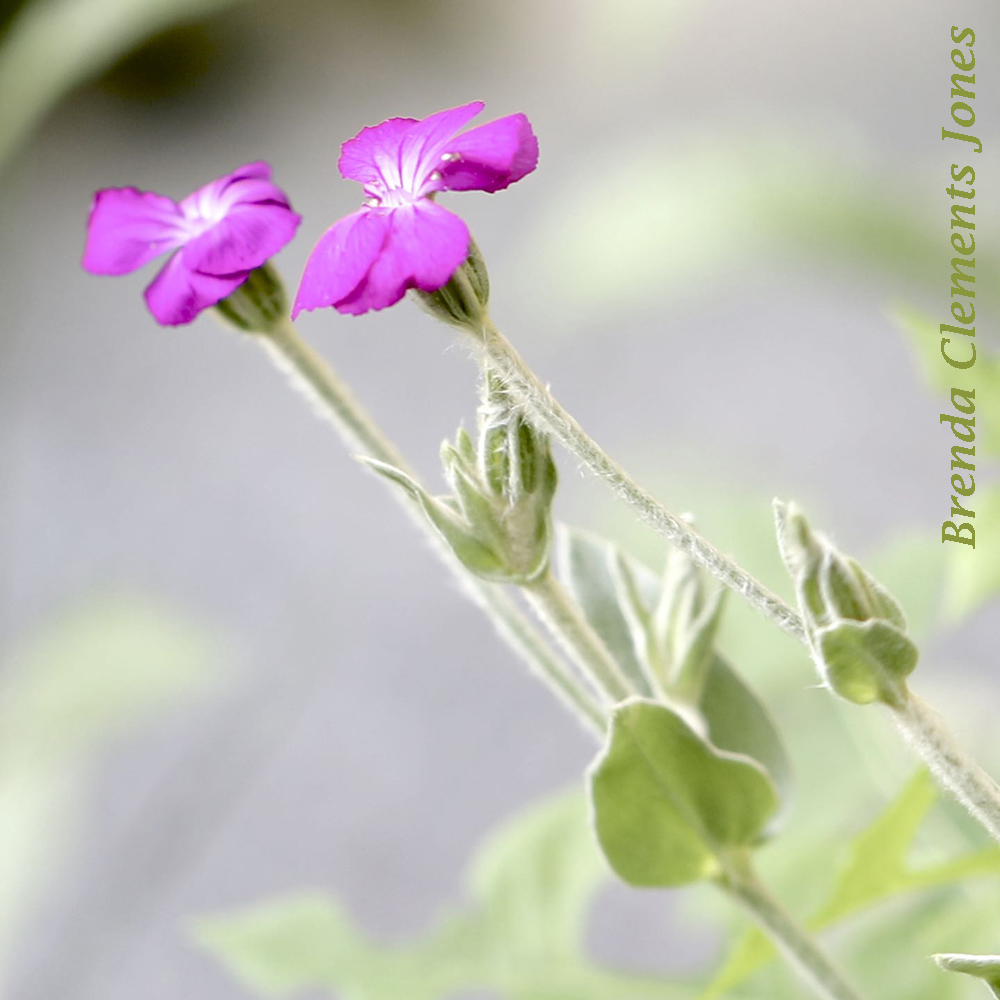
I’m a sentimental sort. Thinking back to my Mom’s gardens when I was little. The flowers that I’m able to remember are quite special to me. Nearly all of them don’t fit into what I select for my gardens now. Natives have become a main focus in choosing what gets planted at my cabin. That…
-
Zabulon Skipper
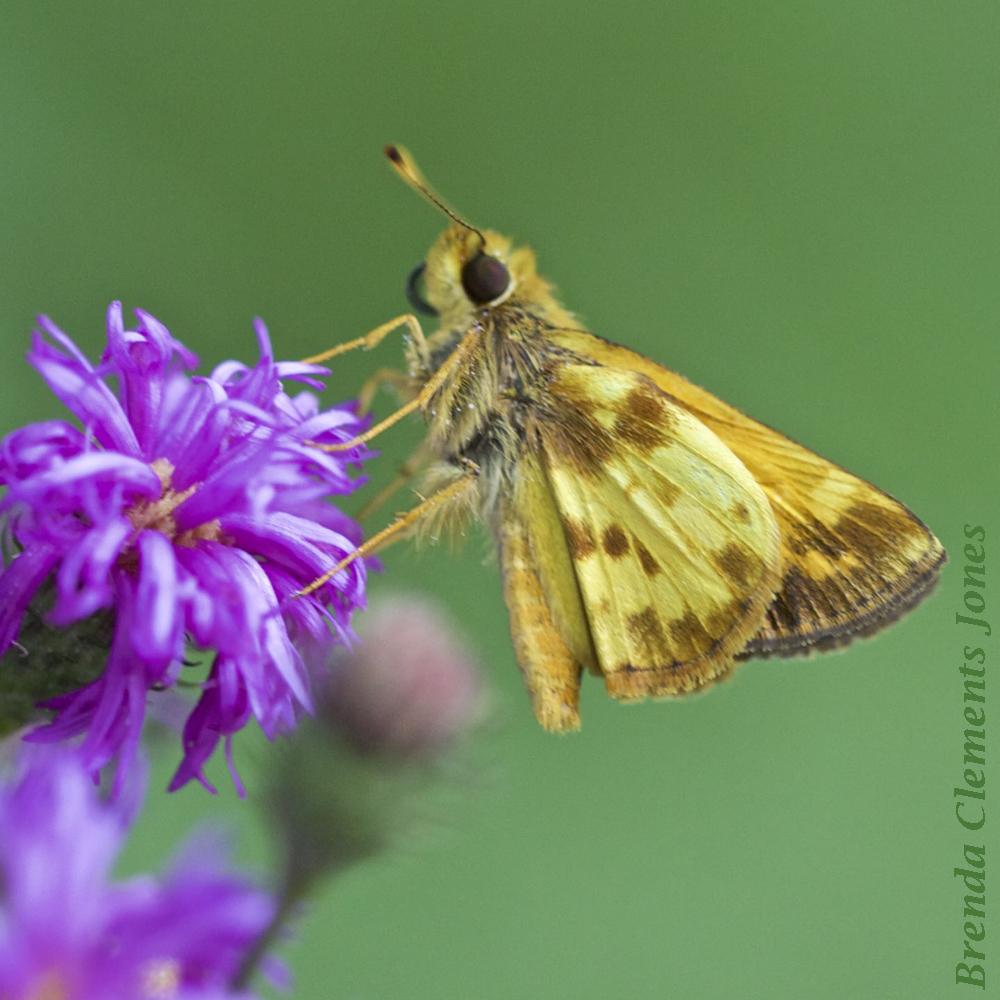
Quite the contrast, this Zabulon Skipper (Poanes zabulon) on Ironweed. Gold on magenta. Skippers are called butterflies, but they are not true butterflies. One difference, antennae of a skipper is thread like, ending in clubbed tips which taper to hooks. The photo above is of a Duskywing Skipper with its hooked antennae. The antennae of…
-
Zebra Swallowtail
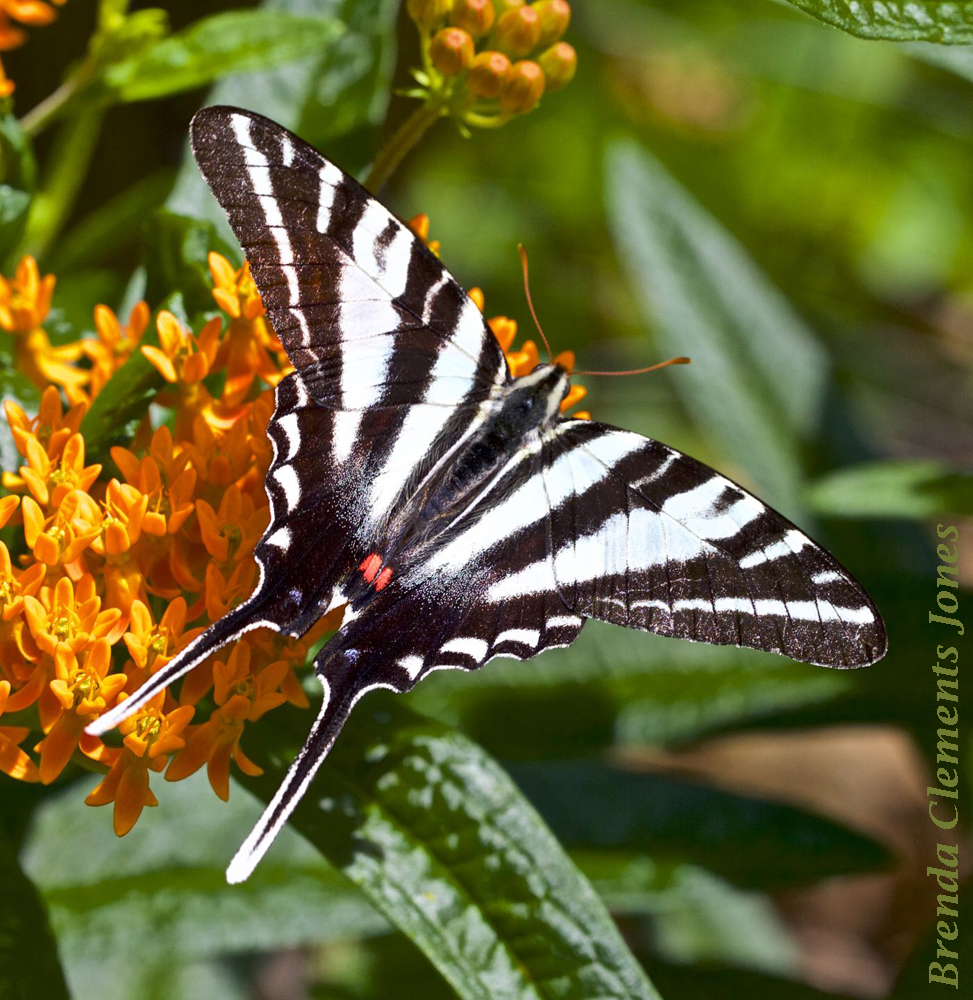
The larval host of Zebra Swallowtail (Protographium marcellus) is any of the eight species of the genus PawPaw (Asimina). I’m in the process of replacing three PawPaw trees that I recently lost. An important quest for me. Exquisite Zebra Swallowtails depend entirely on PawPaw trees for their very existence. No PawPaw trees, no Zebra Swallowtails.…
-
Hackberry Emperor
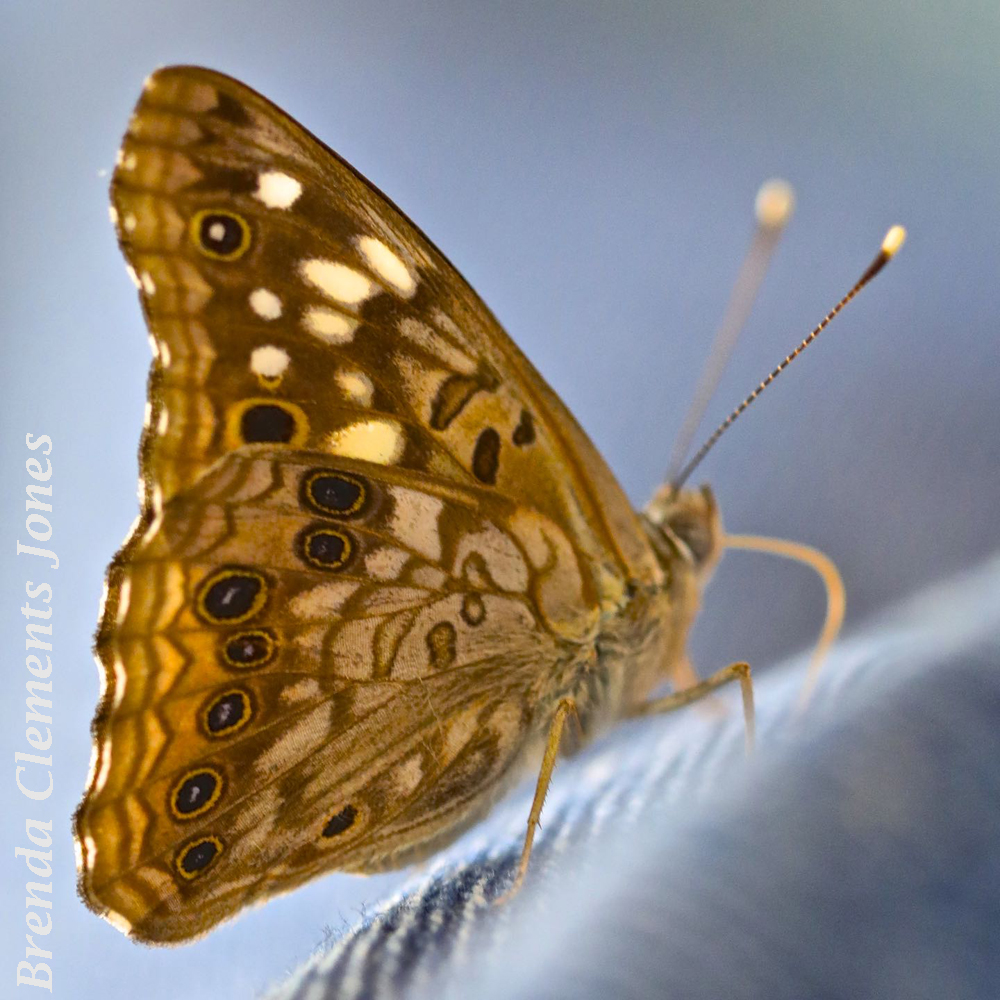
Hackberry Emperor (Asterocampa celtis). A butterfly that lives in a broad swath of North America. Most of the eastern United States, central Plains states, and the southwest mountains; northern Mexico. Its larvae survives exclusively on the many species of Hackberry trees, trees in the genus Celtis. Hackberry Emperors over winter as larvae curled up in a…
-
Yellow-billed Cuckoo
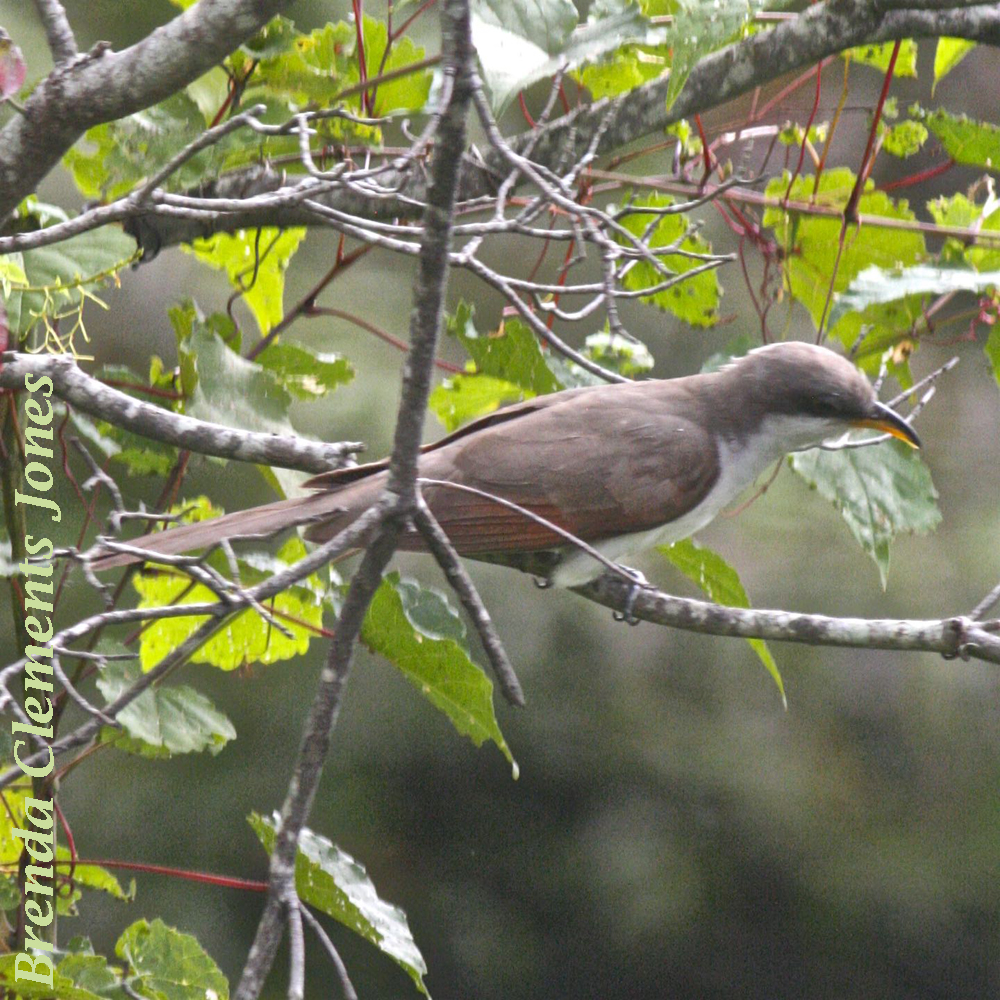
Yellow-billed Cuckoo (Coccyzus americanus). A bird that I seldom see. In part perhaps because they will sit in dense shrubbery sitting perfectly still, like a frog that is trying to convince you that, “You can’t see me.” They do this as they are watching and waiting for a meal to come by. Few birds will…
-
Black Cohosh
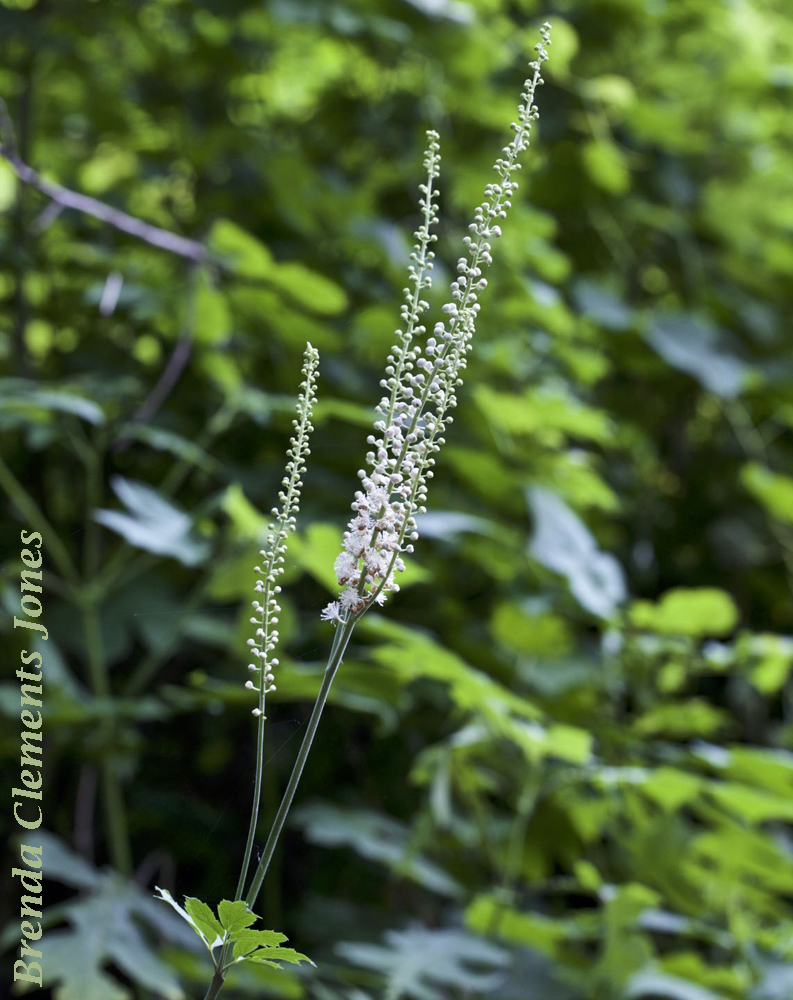
A wonderful sight in late June early July. Blooms of Black Cohosh (Cimicifuga racemosa) when there are few other flowers blooming in the woods. Black Cohosh is a herbaceous perennial native to eastern North America. Quite plentiful here in the Blue Ridge Mountains. Rising above their leaves on tall stems to six or eight feet.…
-
Apple Blossoms
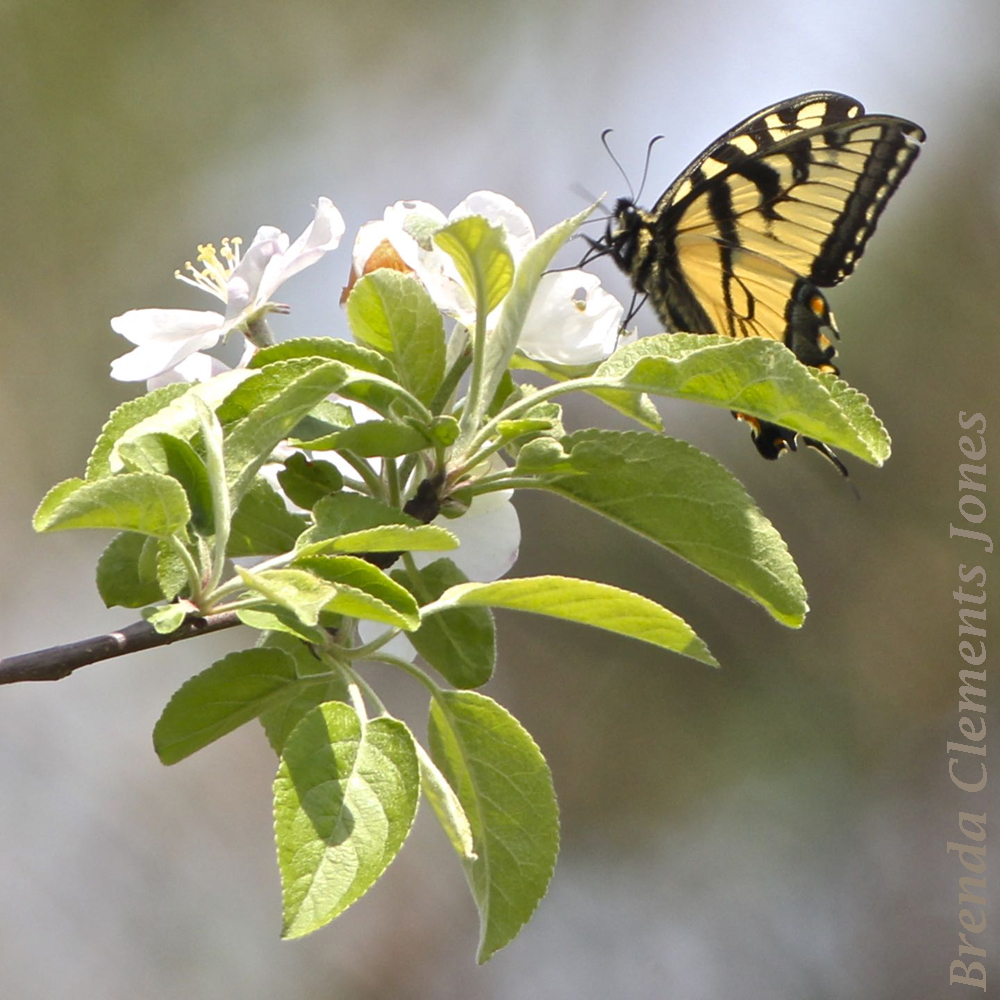
Apple blossoms. What a fragrant delight. And they bring in a host of visitors that provide great entertainment just to sit and watch. It’s been really breezy today. Petals have been flying like snow. Apple blossom season won’t last much longer. Tiger Swallowtails (Papilio glaucus) are one of the many species of butterflies that make…
-
Eastern Tiger Swallowtail
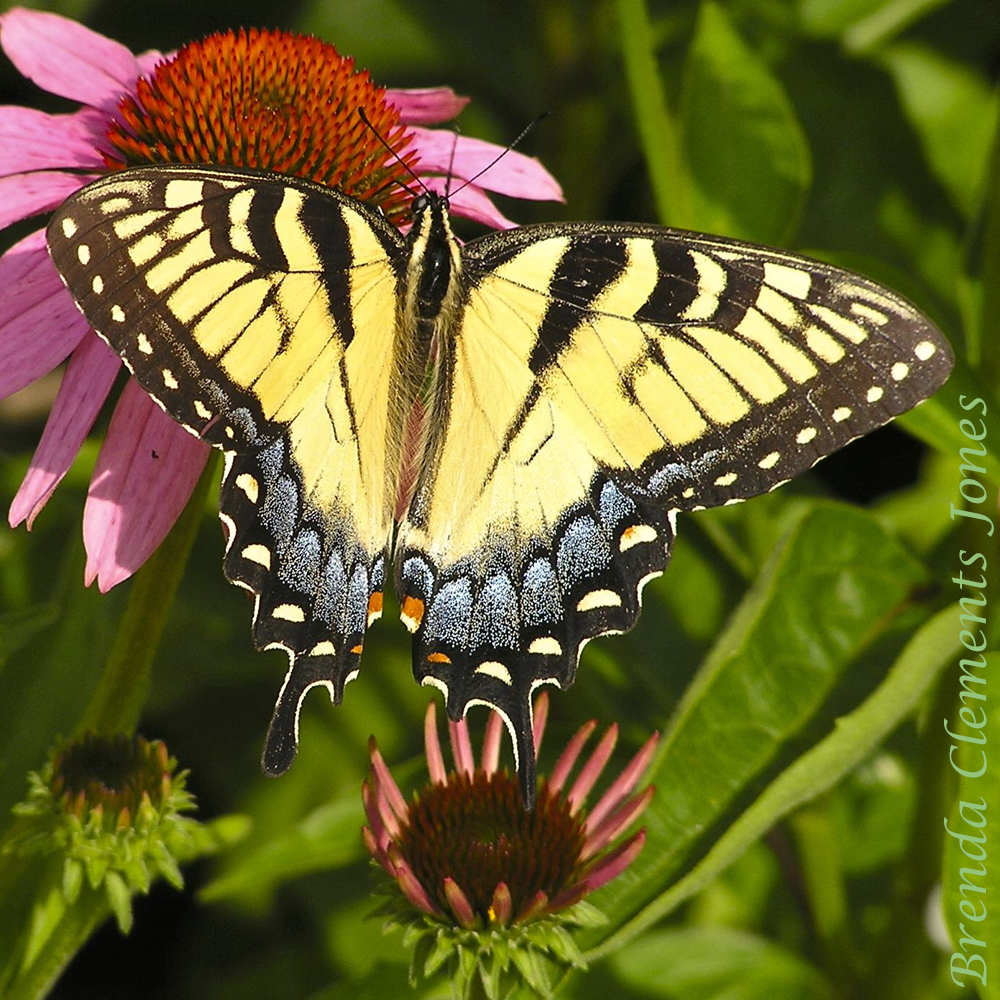
My first sighting this season was yesterday. The state insect of Virginia, the Eastern Tiger Swallowtail Butterfly (Papilio glaucus). Native to eastern North America. The butterfly I saw yesterday had just emerged from its chrysalis. Brand new. In the autumn an Eastern Tiger Swallowtail caterpillar will form itself into a chrysalis. NOT a cocoon but…
-
Downy Woodpecker
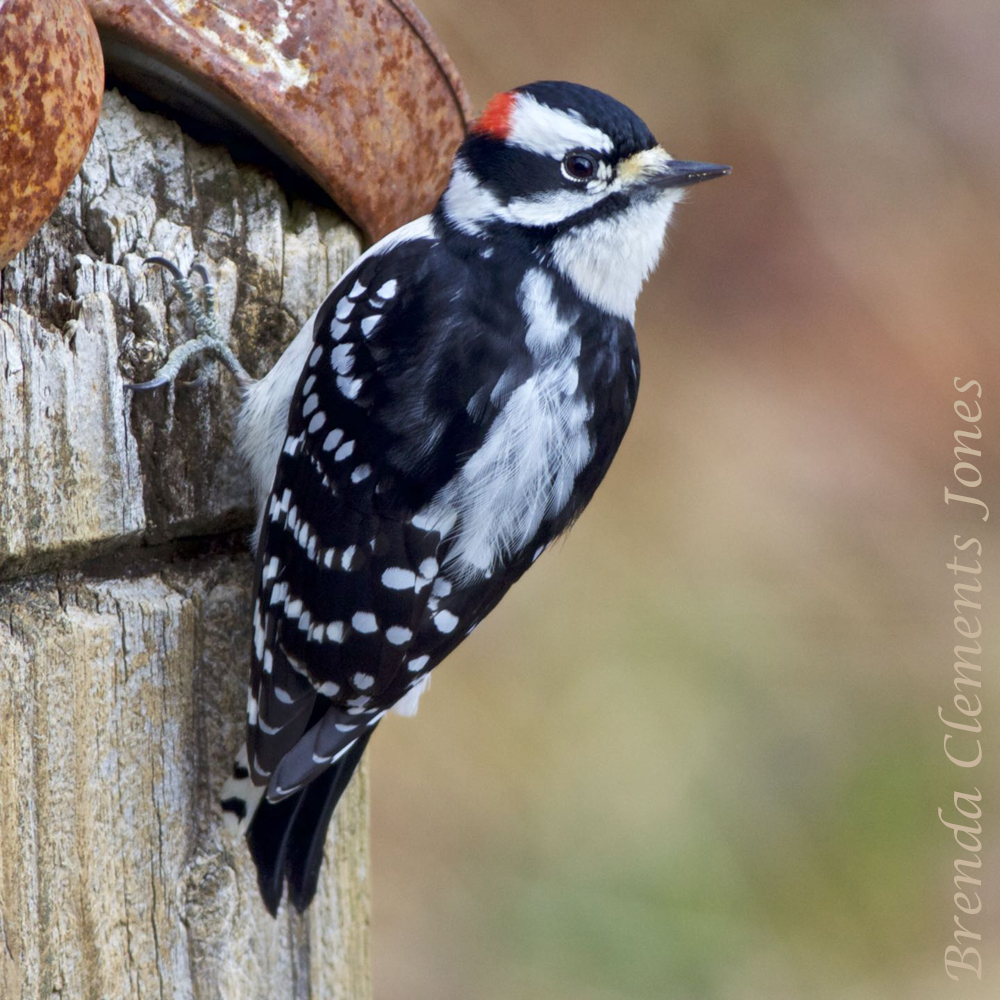
The Downy Woodpecker, Picoides pubescens. A permanent resident here and in most places in their native range. That range, with the exception of the desert southwest and the tundra of the north, is nearly all of Canada and the United States. But in the northern portions of their territory, some may wander a bit south…